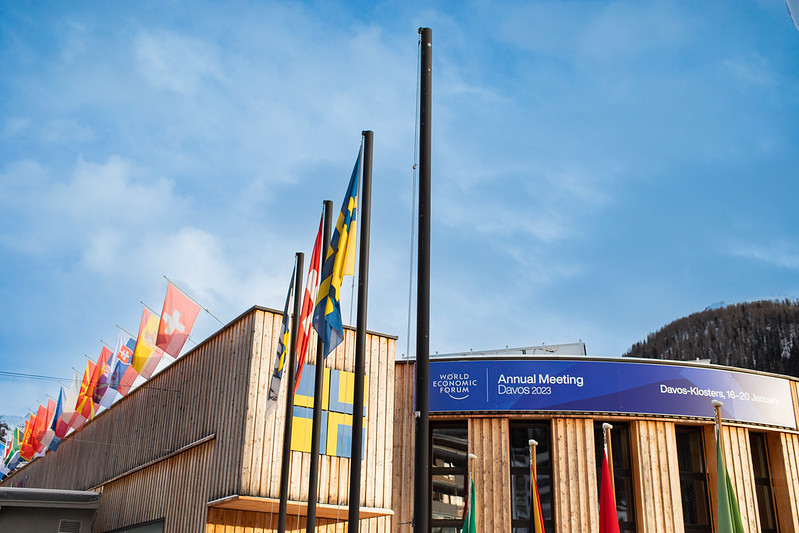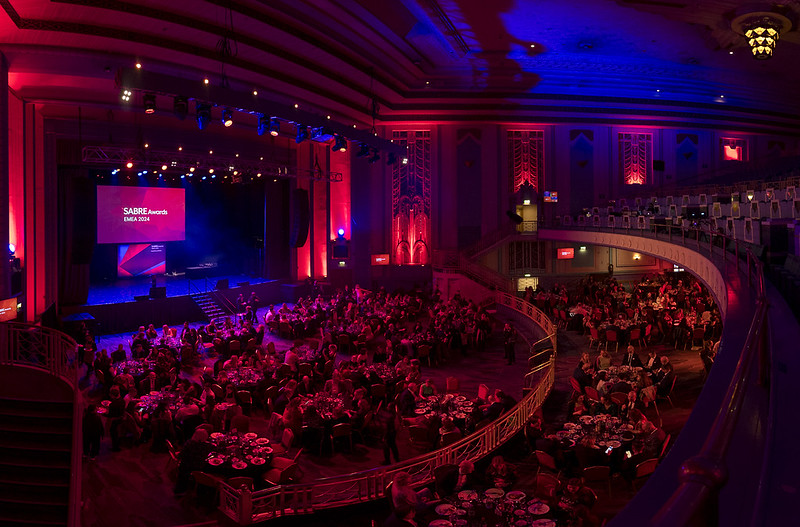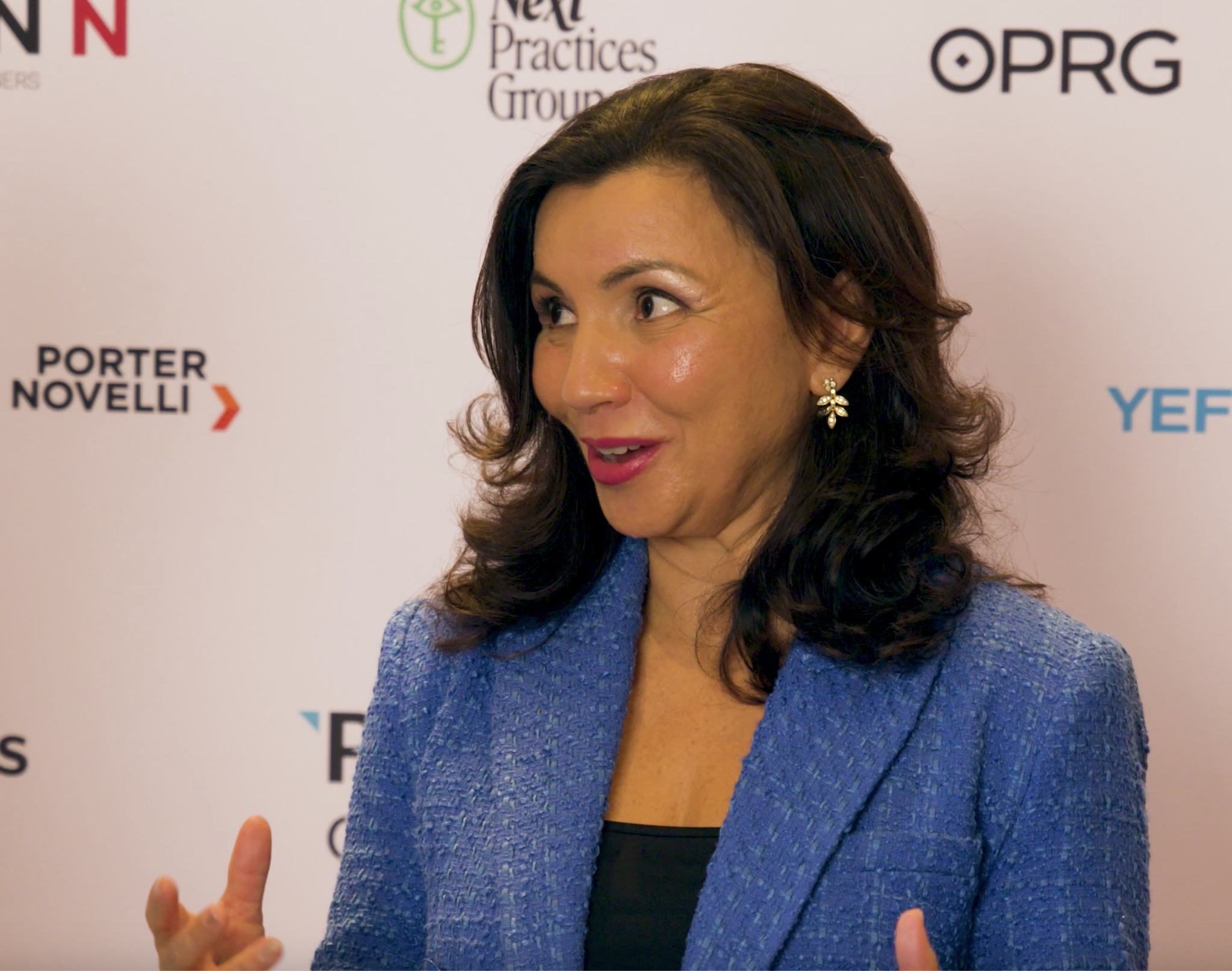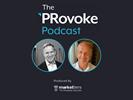Arun Sudhaman 21 Feb 2014 // 11:54AM GMT
Last month, Indian politician Rahul Gandhi sat down for his first televised interview in a decade. For the 43-year-old scion of the Nehru-Gandhi political dynasty, the appearance on news channel Times Now carried high stakes. With his ruling Congress Party set to face what some describe as the toughest national elections in its 128-year history, much depends on how Gandhi — a relative political novice — can motivate the electorate to vote for a regime that has left many in the country unimpressed.
By any measure, the interview can credibly be termed a disaster. Gandhi appeared inadequately prepared for the TV grilling, often reverting to stiff, repetitive answers in the face of some probing questions from presenter Arnab Goswami. The fiasco has already caused the Congress Party to redraw its media strategy, despite already hiring Genesis Burson-Marsteller to oversee PR and social media.
In tandem with ad agency Dentsu, Genesis B-M has been tasked with helping to craft a stronger narrative for the Congress campaign. In this, the party’s hand has been forced, largely because the opposition BJP party, led by presidential-style candidate Narendra Modi, has been making all of the running in the PR stakes.
“He has employed every tactic and style that Barack Obama used in 2008 and 2012,” says a Congress source of Modi’s campaign. “He has a war room, teams running media relations and social media. He’s getting his marketing perfectly right.”
The political fallout from Rahul Gandhi’s interview remains to be seen. But the public relations impact, as evidenced by some vicious mocking on social media, is clear. Unless the Congress Party can get a stronger grip of its messaging and engagement, it will require a “miraculous fluke”, as the party source puts it, to win this election.
“He has a great machine and team,” says another Congress campaign source when asked to describe Modi’s PR operation. “That completely knows, inside out, which state, what media, what message and responds very quickly. If he wins, it may be because of that.”
This time it’s personal
Typically, says Perfect Relations CEO Dilip Cherian, who counts a long relationship with the Congress party, political communication in India has focused on the party rather than a specific individual. That reflects India’s parliamentary democracy, where the organisation takes centre stage. Even now, for example, Congress has yet to confirm that Rahul Gandhi will be Prime Minister should they retain power.
The rise of social media, though, has changed that dynamic. “New media is more about people than process,” says Cherian. “About personalities rather than policies.”
The BJP has been particularly masterful in its use of this approach, highlighting Modi’s claims as a leader. Aided by a number of advisors with experience of US politics, it is no surprise that the BJP campaign demonstrates a more sophisticated understanding of social media, accompanied by the kind of message discipline that would probably impress President Obama himself.
Meanwhile, the Congress party appears unsure of what tack to take. “There are multiple messages and there is no kind of understanding of how the communications should go out,” says a Congress campaign source. “They are opening up and everybody is looking for what they can do in a non-traditional way. But what they are asking for now is what they should have asked for at least two years ago.”
Complicating matters further for the ruling party is the rise of the Aam Aadmi Party (AAP), which recently swept to power in Delhi, propelled by an anti-corruption, ‘common man’ message that is — unsurprisingly —playing well with the Indian public. Leader Arvind Kejriwal may have stepped down as Delhi Chief Minister after just 49 days of power, but another Congress source notes that the AAP man has effectively “changed the terms of the debate”, utilising social media to build a grassroots movement.
“It’s a very tea-party style of approach, but with left-of-centre thinking,” adds the Congress source. “They have brought a new dimension to how they present themselves in public and they tap into disaffection with politics.”
That will not help the anti-incumbent sentiment that already afflicts Congress. Neither does the popularity of the ‘common man’ message help Rahul Gandhi, with some observers suggesting that a makeover of the politician’s image might be in order. That, however, would likely play into both the AAP’s and BJP’s hands, diluting whatever authenticity Gandhi already has, even if his political charisma is hardly the stuff of which electoral dreams are made.
“Rahul Gandhi recognises that communications is the key and he also recognises that communications not only works on the electorate, but also works to electrify the party machine,” contends Cherian, maintaining that the Congress Party remains stymied by its discomfort with digital techniques. “This is really a generational thing.”
Digital & data
The impact of technology on modern election campaigns is not limited to social media alone. The Obama campaign’s pioneering use of data, for example, has helped it secure victory in two hard-fought US elections, tapping into a more micro-targeted approach to drive action and raise funds.
Other countries have not been slow to adopt these techniques. In India, the AAP initially shunned corporate donations and ‘slush funds’, instead using digital media to drive online donations from citizens. That move surprised the country’s traditional political parties, more used to dealing with unaccounted-for big money. To little surprise, the BJP has since adopted a similar fundraising model, even if all of the mainstream parties remain unwilling to open their books up to public scrutiny.
Where the BJP has made particular strides, though, is through its India272+ website, an online platform that targets the winning tally of 272 seats. Similar to campaign platforms in other countries, India272+ aims to help volunteers organise and campaign at a grassroots level, supported by various digital tools.
“The BJP is the frontrunner in using analytics and big data,” says the Congress campaign source. “It has the potential to make a big difference. The AAP is trying to do it but it has a smaller budget.”
Congress, meanwhile, has “access to a lot of research”, but is “not doing a lot of micro-targeting.” In an election where as many as 48% of voters are undecided, the impact of a well-organised, localised communication effort cannot be underestimated.
“I am beginning to feel Modi’s chances are much higher because everybody I meet sees no alternative,” adds the Congress source. “Everyone is receiving a lot of targeted emails, SMS, Whatsapp.”
All of that marketing is helping a product that, to many people, remains defective. Modi’s biggest perception problem remains the Gujarat riots of 2002, where hundreds of Muslims lost their lives on his watch. The controversial chief minister has bounced back since then, using PR firms APCO and Mutual PR to help build a compelling ‘Vibrant Gujarat’ message, work which has inevitably spilled over into boosting Modi’s personal political fortunes.
Congress, clearly, has a lot of catching up to do, with more than one person noting that its decision to hire external comms support is “too little, too late.” As for the AAP, it is being aided by a number of high-profile executives, including former Star TV head Sameer Nair and Leo Burnett ECD KV Sridhar.
Conventional wisdom has it that a broad mass media campaign becomes increasingly important as the campaign reaches its climax, helping to sway voters via simple, repetitive messaging. Congress appears to be putting more faith in this than its rivals, unveiling the ‘Main Nahin, Hum’ (Not I, we) tagline to a relatively tepid response.
The BJP, meanwhile, has reportedly approached high-profile McCann Worldgroup chief Prasoon Joshi to oversee its creative strategy, alongside Madison Media founder Sam Balsara. Despite that, the party has yet to make a major media splash.
In an era where citizens are becoming more sceptical of advertising claims, it seems likely that the BJP will benefit from its smart focus on earned media, not least through Modi’s 3.4m Twitter followers and 10m Facebook likes. That, rather than any number of botched TV interviews, might offer the clearest sign yet of how modern public relations techniques are redefining India’s electoral battle.


































.jpg)































